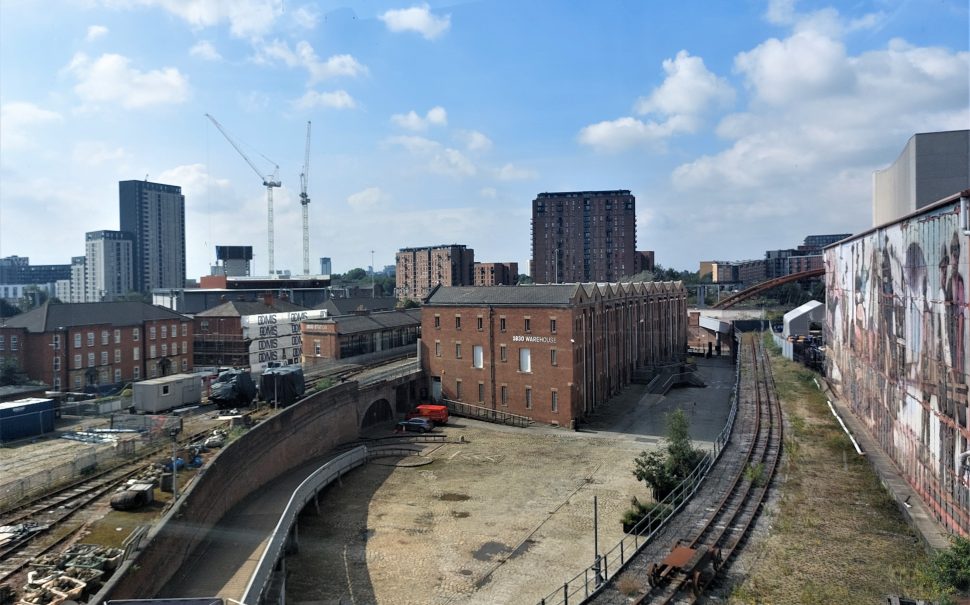The Science and Industry Museum Celebrated its 40th birthday on 15 September by holding walking tours behind the scenes of its historical site.
With a warm sun and a delicate breeze, it was a perfect day for a tour through the history of the oldest inter-urban railway in the world. Approaching the yard near the Science and Industry Museum where the tour began, I could hear the sounds of locomotives and passengers passing by.
The Heritage Walking Tour was a special public event to celebrate the Science and Industry Museum’s 40th anniversary. This was a great opportunity to explore the museum behind the scenes – including some areas that are currently closed for refurbishment.
Forty years ago, on 15 September 1983, the Science and Industry Museum opened up in its current location on Liverpool Road, which was once the terminus of the Liverpool and Manchester railway – the world’s first inter-urban passenger railway.
The museum is now home to thousands of objects and focuses on the industrial, scientific, and technical history of Manchester, with a variety of themes, including computing, engineering, textile, transport, social history, and industrial archaeology.
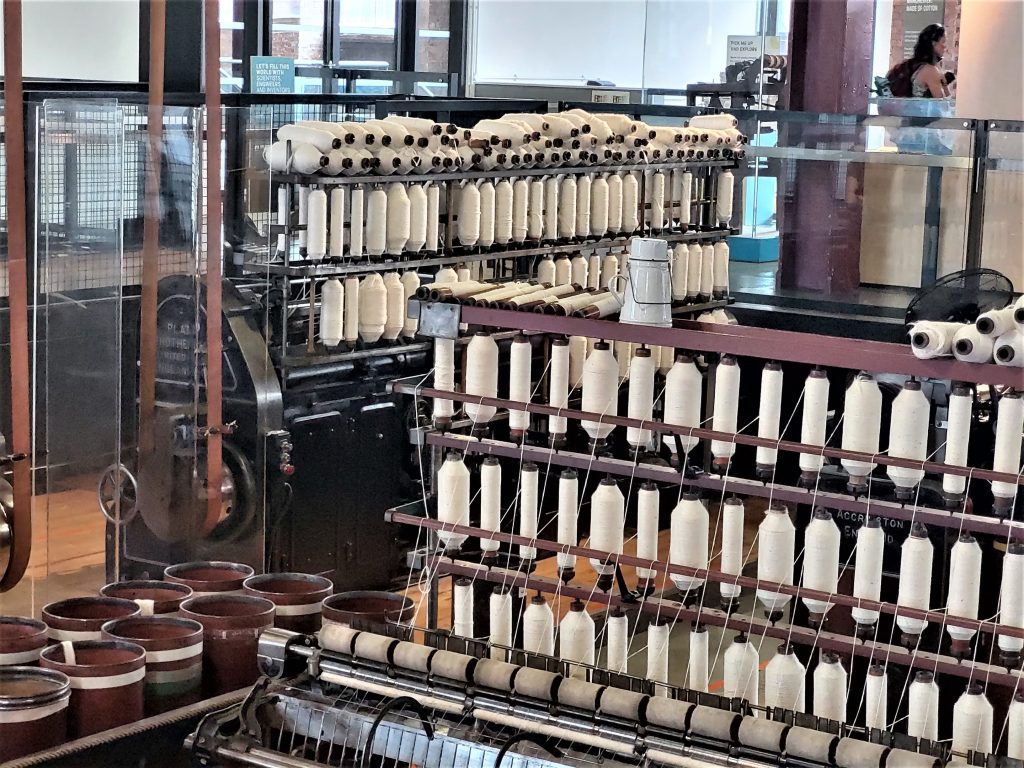
The tour began in front of the main building, the New Warehouse.
Tom Lean, the museum’s Associate Curator and the tour guide, explained: “It’s not actually that new – it was built in the 1880s.” Prior to this building, there were other warehouses that had burned down in the 1860s. It was amidst the Industrial Revolution and huge amounts of goods were coming into Manchester, so in order to manage the loads, more warehouses, including the New Warehouse, were built.
But the tour’s destination was on the opposite side of the New Warehouse, with barriers on the way. We were going into the parts of the museum that visitors usually do not have access to.
Along the way, we passed a viaduct with a delightful name, the Pineapple Line. The name was inspired by a pub once located at the other end of the line at Water Street called Pineapple Inn. The pub was also featured in several episodes of Coronation Street, the 1960s soap opera. It is believed that the pub was named after pineapples because the fruit was considered exotic in the 1800s, and people used to rent them to impress their friends when they couldn’t afford their own.
Carried on, we reached several laboratories, photography studios, and transit rooms, where the museum conservators restore historical items and unpack the objects for display. Peeking through the windows, we could see a range of objects, including vacuum cleaners, industrial presses, and bicycles. Some of the items had red tags on them, which meant they were dangerous in a way.
Next to us was a huge building with a number of long white wooden doors, the 1830 Warehouse, the world’s first railway warehouse. Since there was no precedent for railway warehouses, David Bellhouse Junior (1792-1866), builder and contractor, designed the building experimentally inspired by the design of canal warehouses.
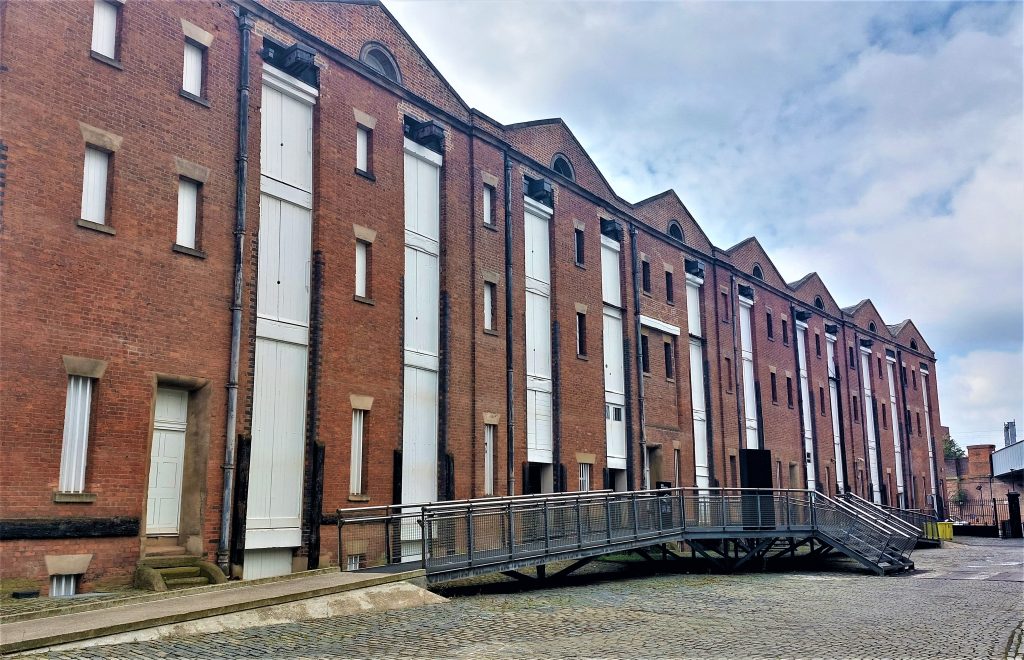
We also got to see the inside of the massive 1830 Warehouse. As we entered the building, the wood’s smell gently touched our senses and took us back in time. The 1830 Warehouse, which was built in just five months, housed many different materials throughout its life. Among the materials, corn, spirits, groceries, and butter were just a few examples coming from all around the world and stored at the heart of the city.
Cotton was one of the two key cargos of the time, with two other large warehouses built and dedicated to its storage. There was also a storage area for pigs, another key cargo. Unfortunately, these warehouses do not exist today since they were burnt down in 1866 in an enormous fire. Pigs also get caught in the fire, and they let all of them out of the warehouse. Amidst the huge fire, when buildings were burning down and people were trying to extinguish the fire, hundreds of pigs were also running in the field, trying to escape the flames. As Tom Lean said: “Quite the Victorian sketch.”
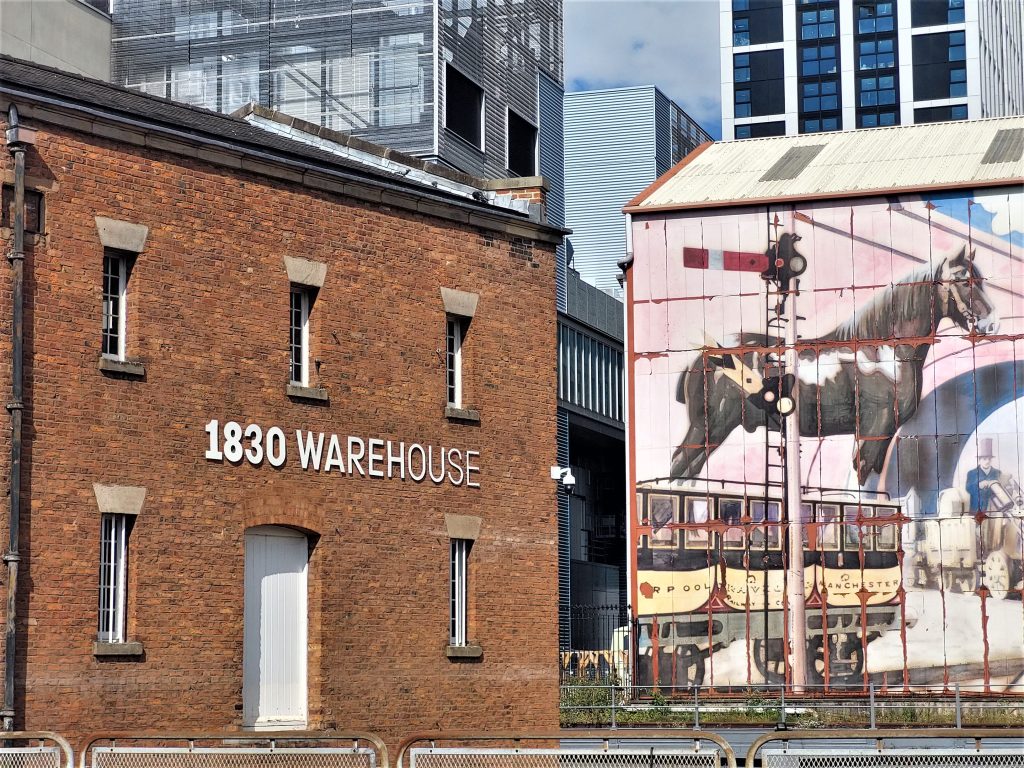
Our last stop was the 1830 station, the oldest surviving passenger railway station in the world, where some people were trying to figure out how a railway station would work for the first time. The passengers also experienced a unique journey compared to today’s.
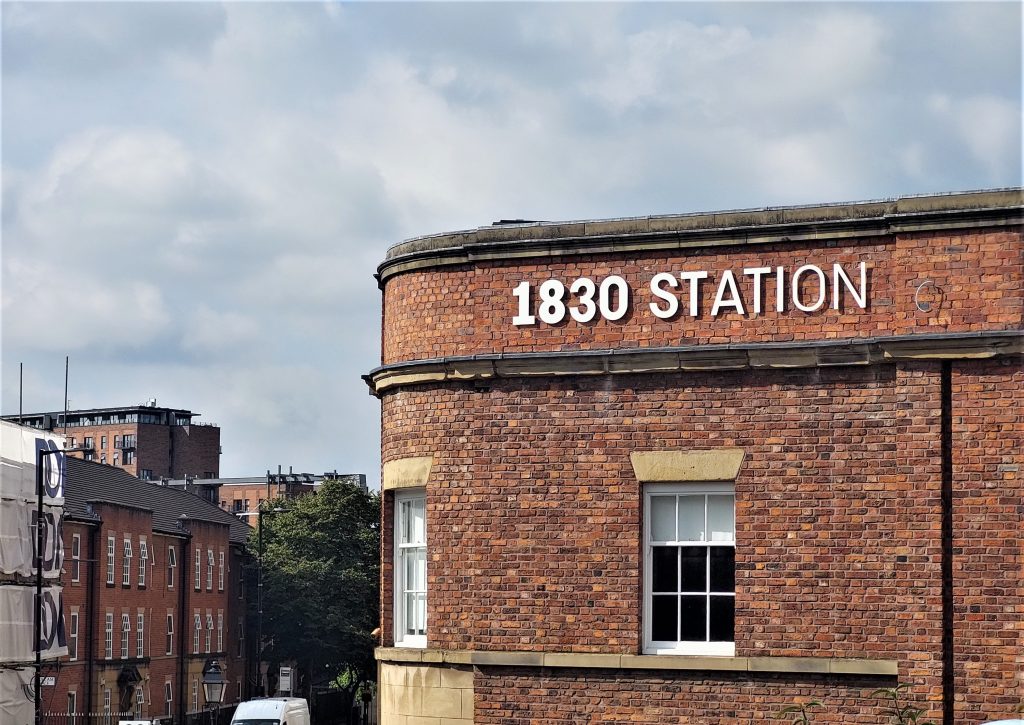
First-class passengers had upholstered seats, a roof, windows, and walls and second-class passengers, if lucky, could have a roof over the top and wooden benches.
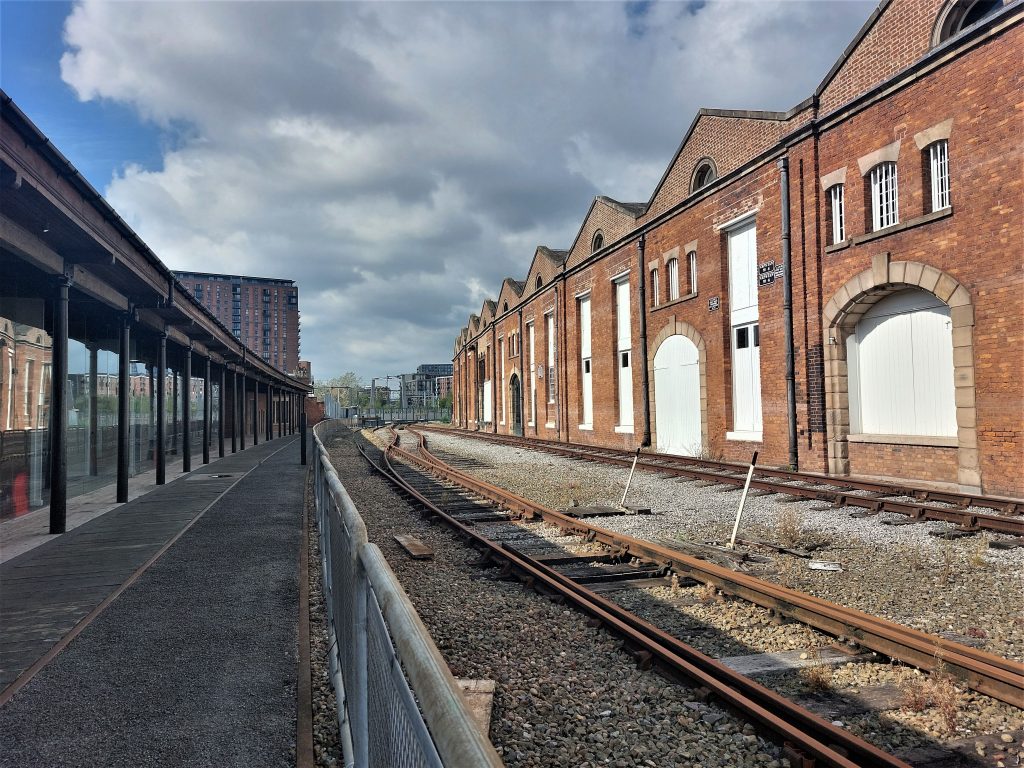
Our journey to the days of industrialising Manchester ended by looking towards an enormous metal structure, Factory International, a new arts and cultural venue. We imagined the future of this historic site, where we could walk through the Science and Industry Museum towards the Factory International, in a kind of urban exploration area where history, art, and culture come together for a delightful experience.
